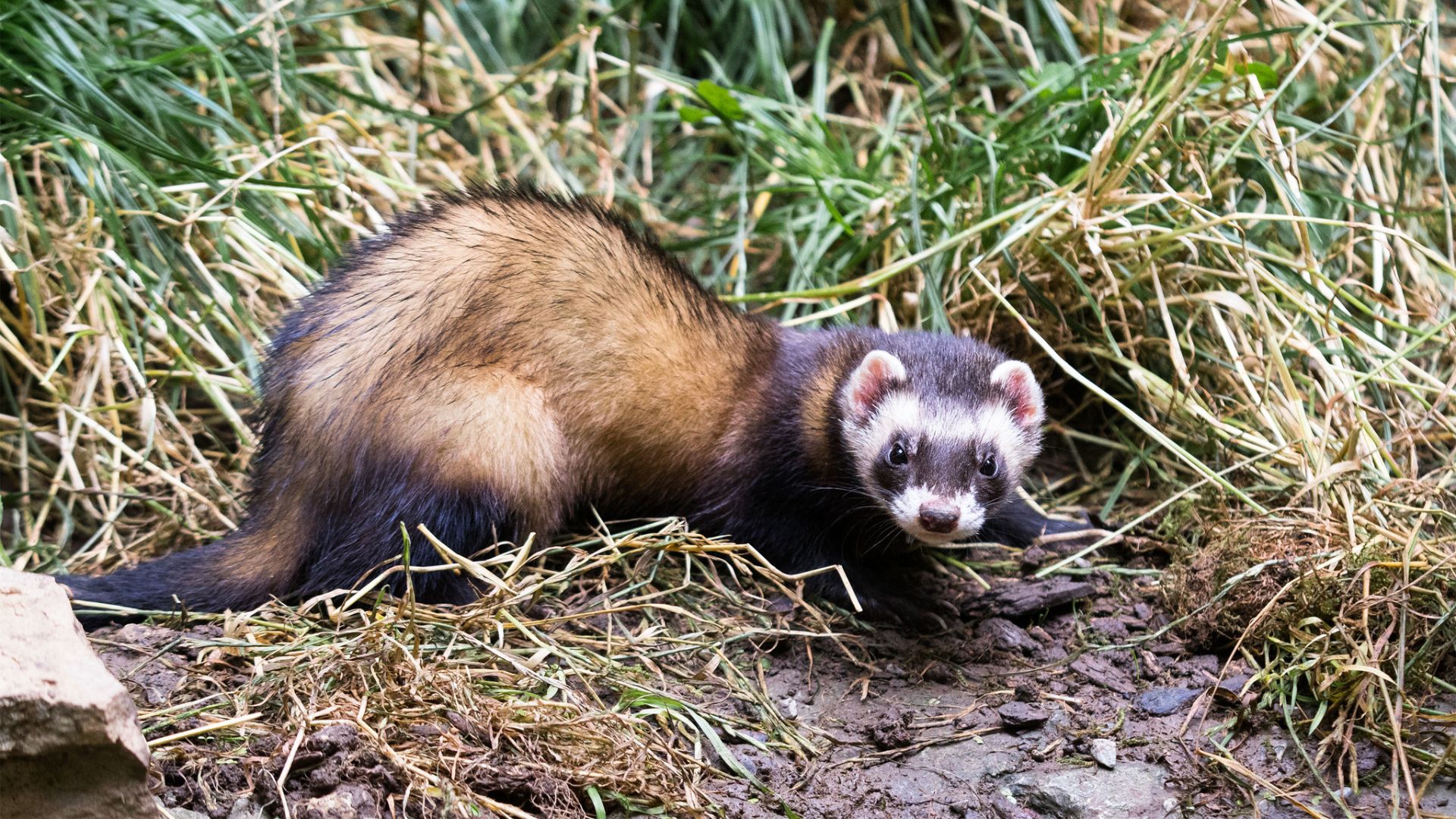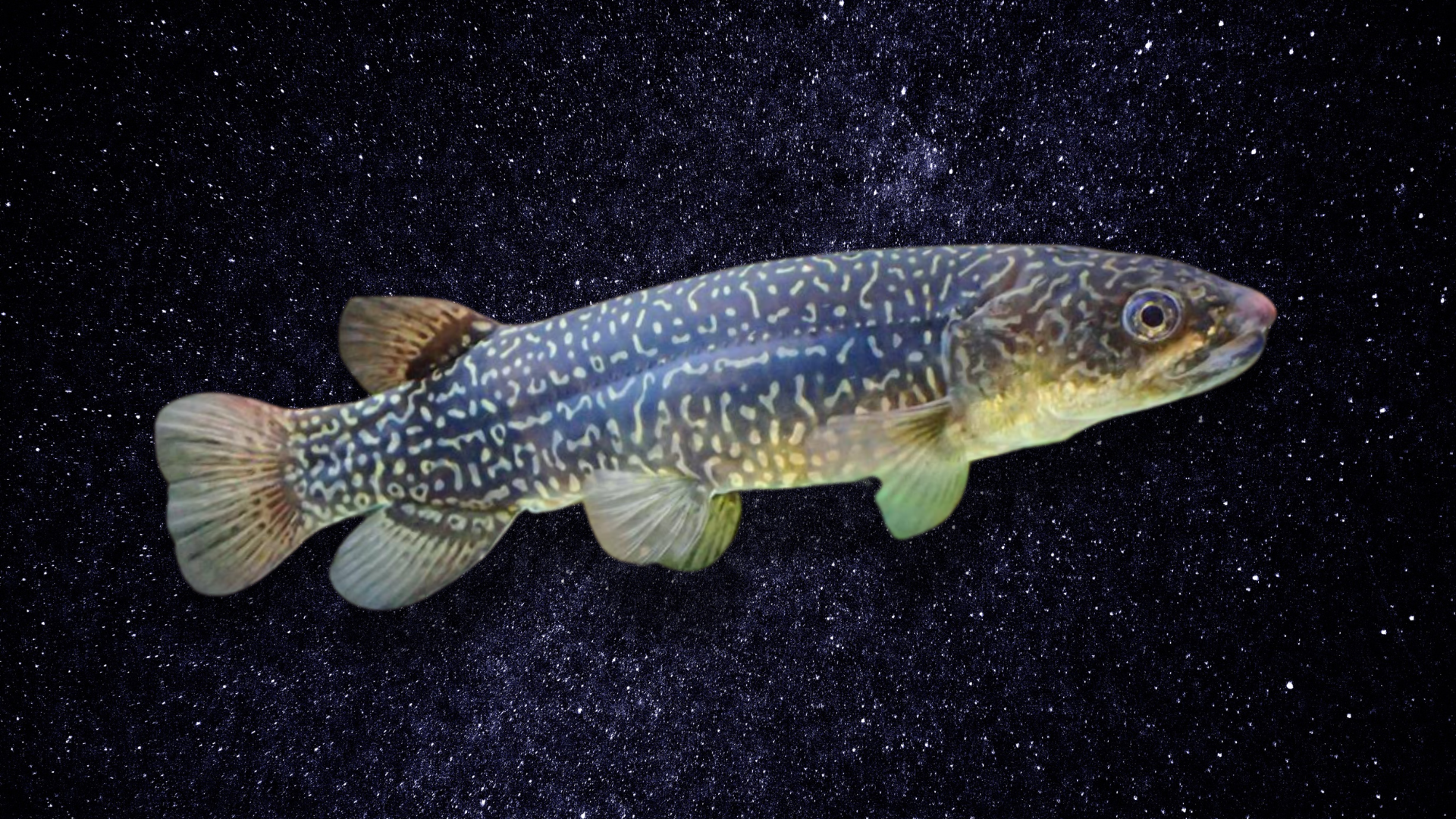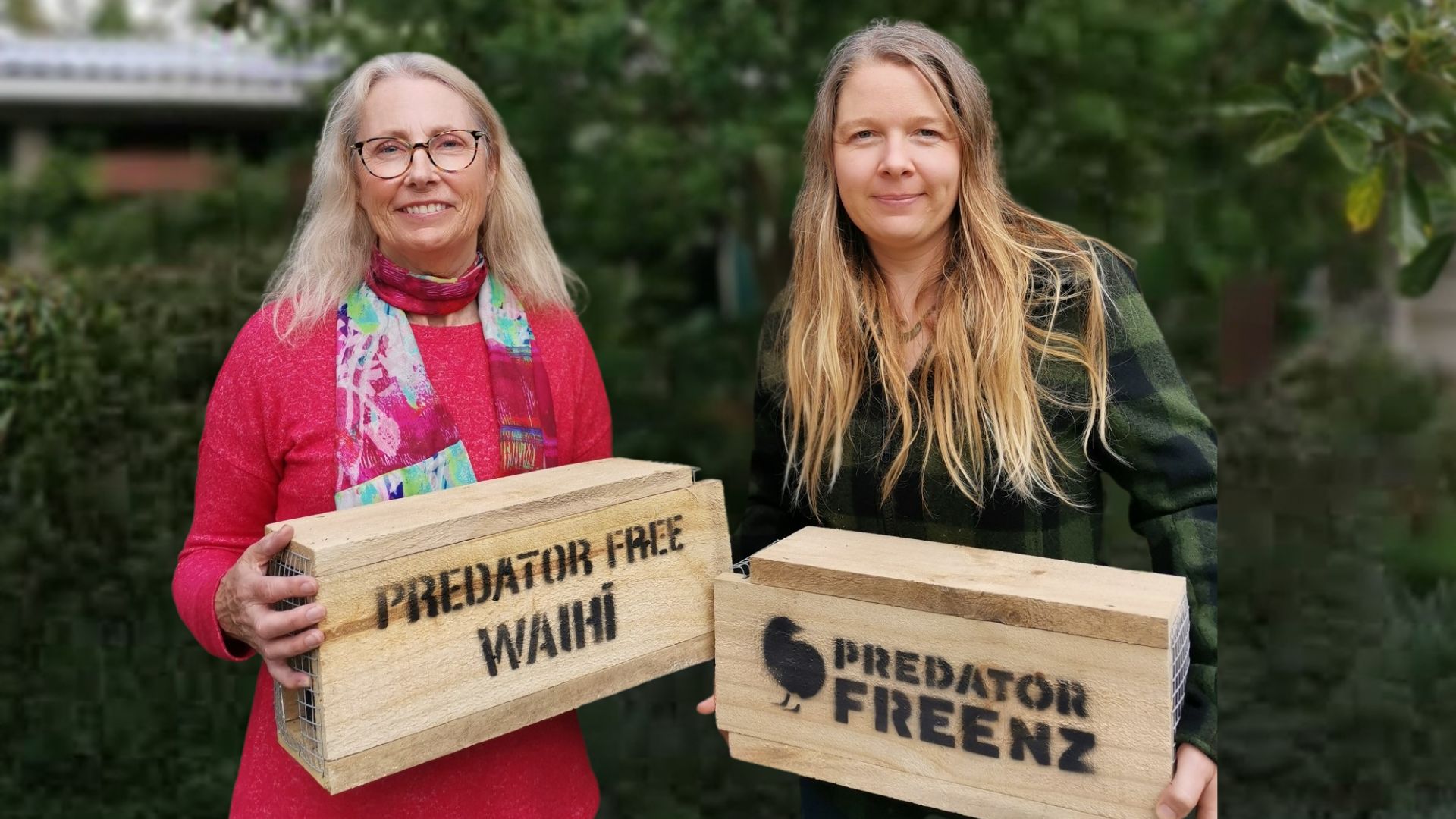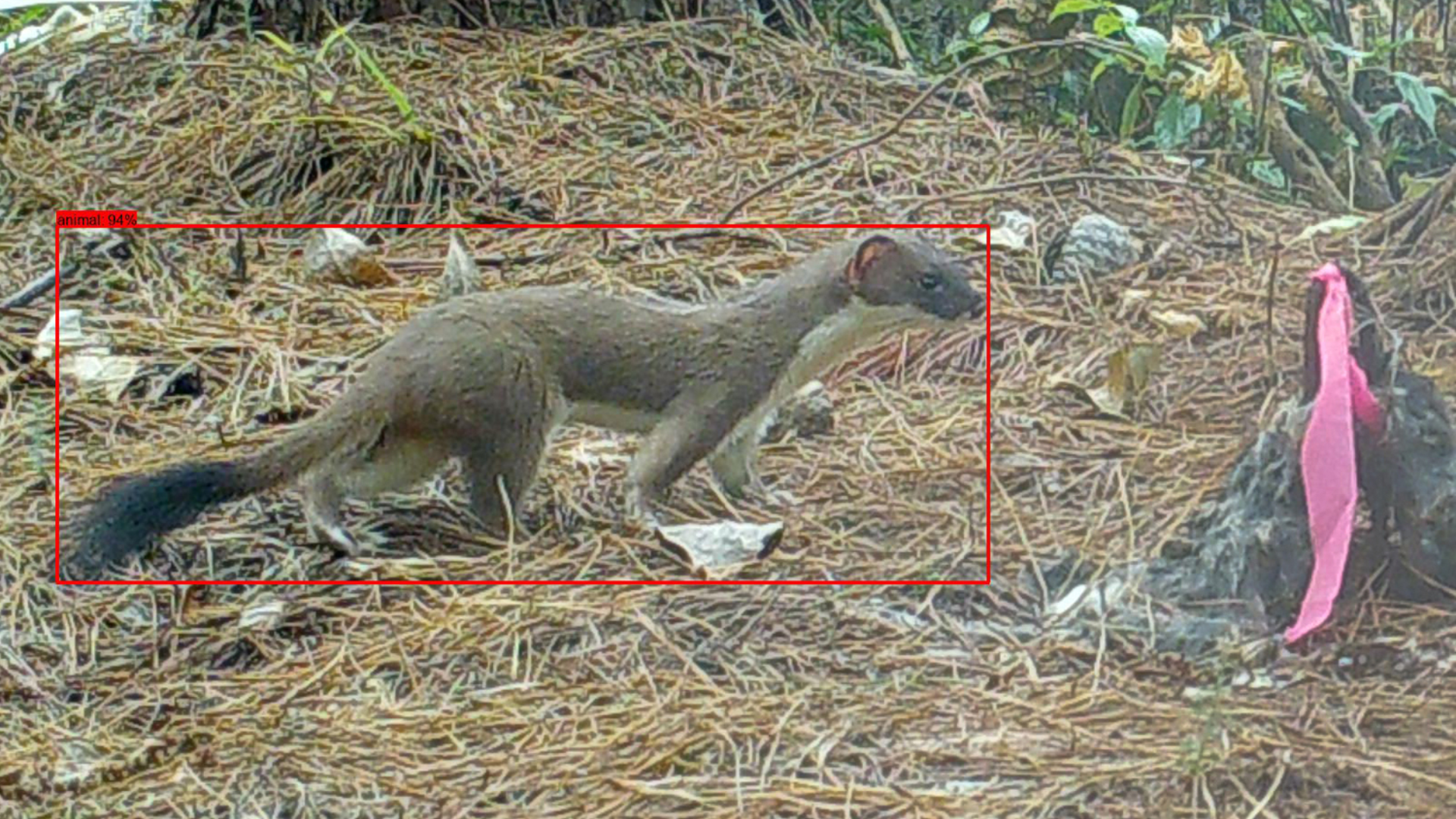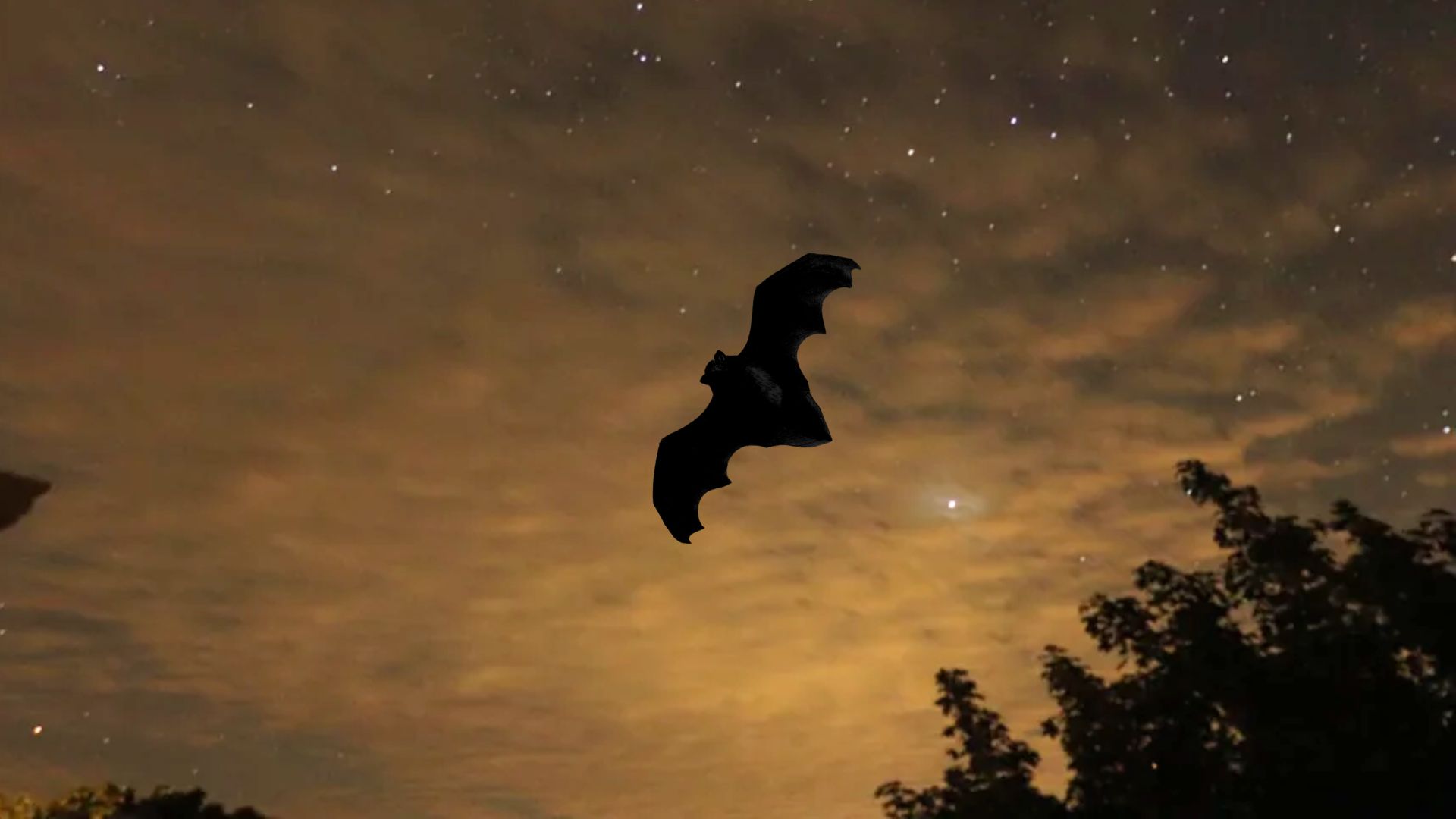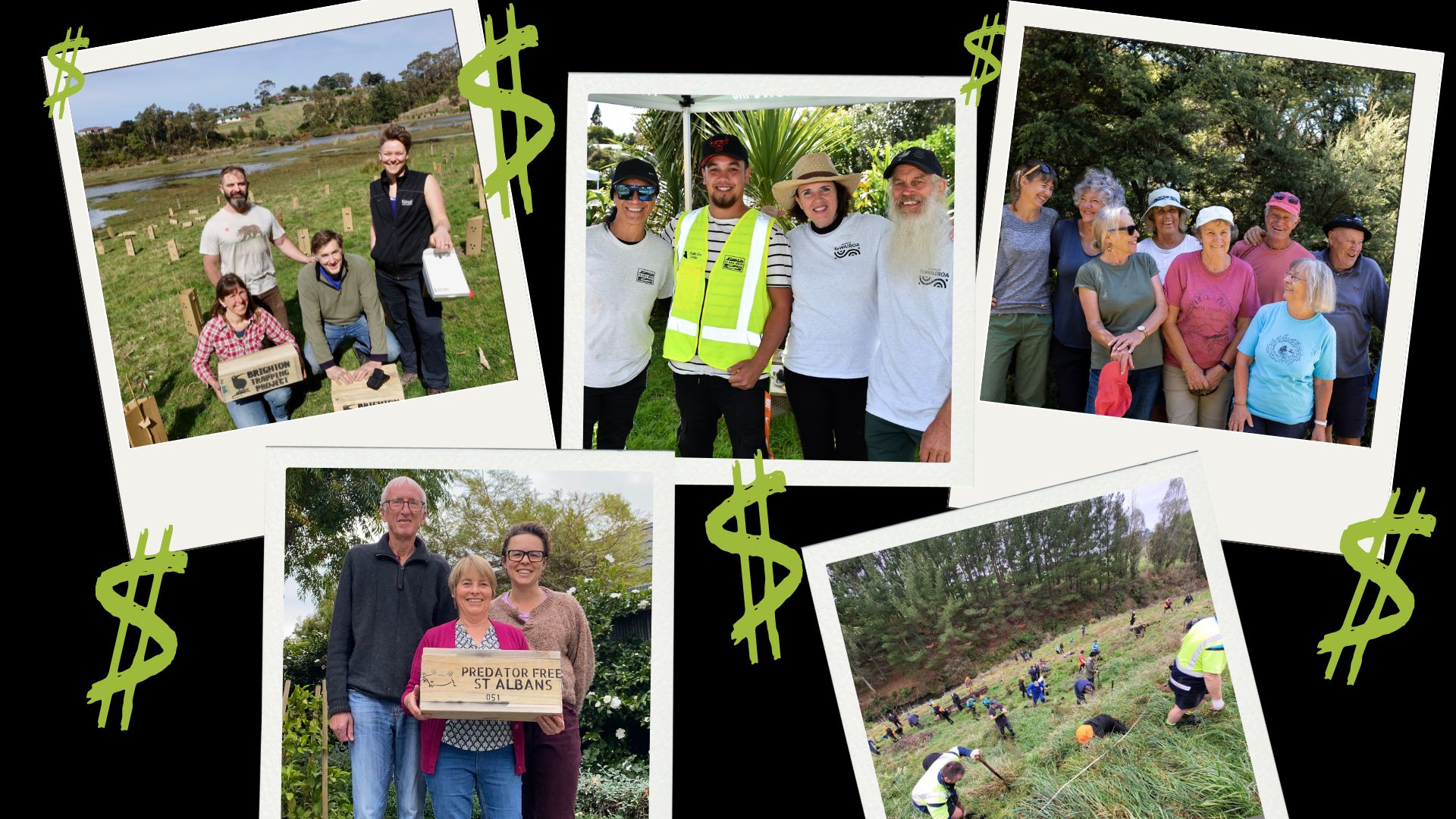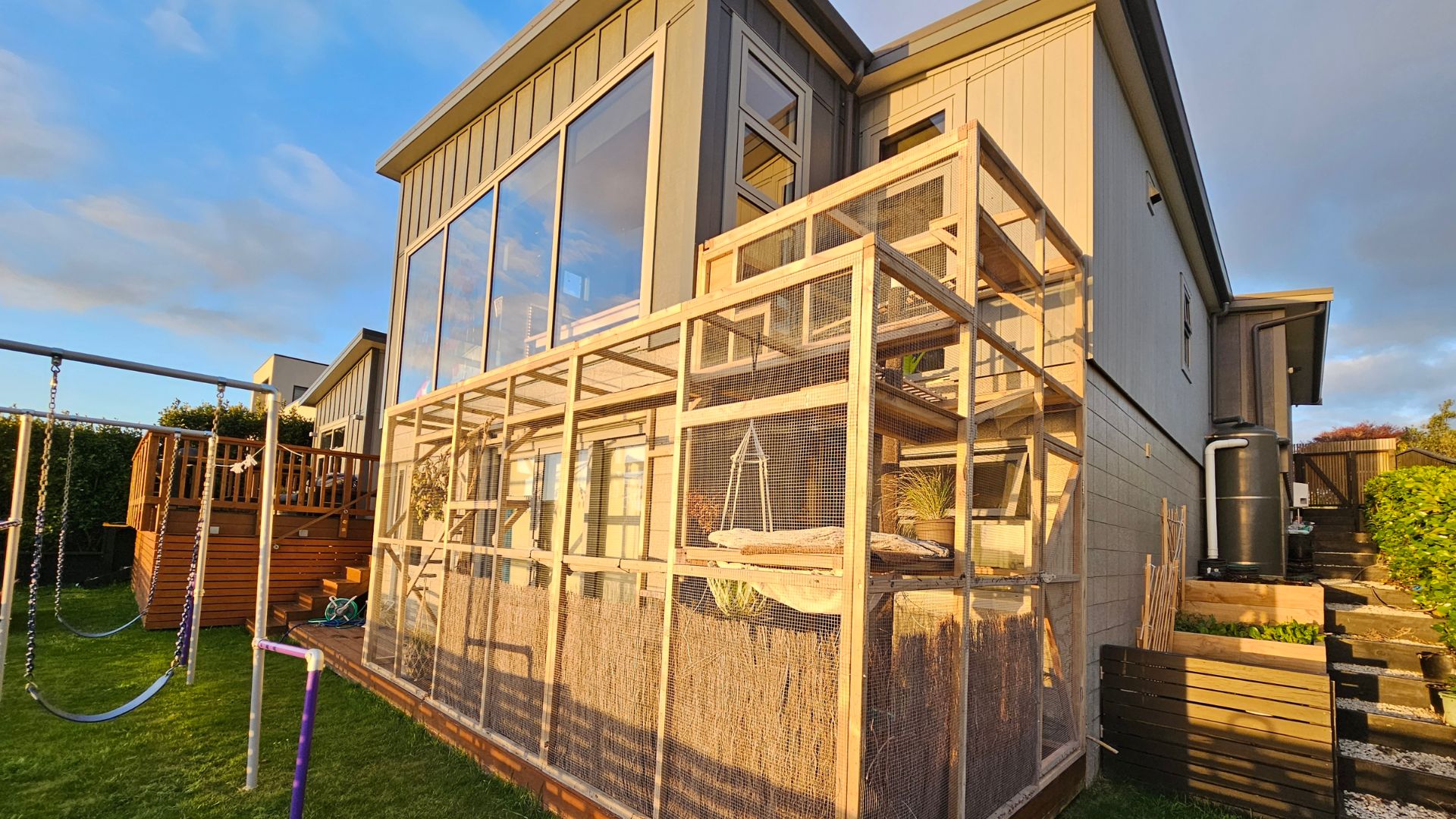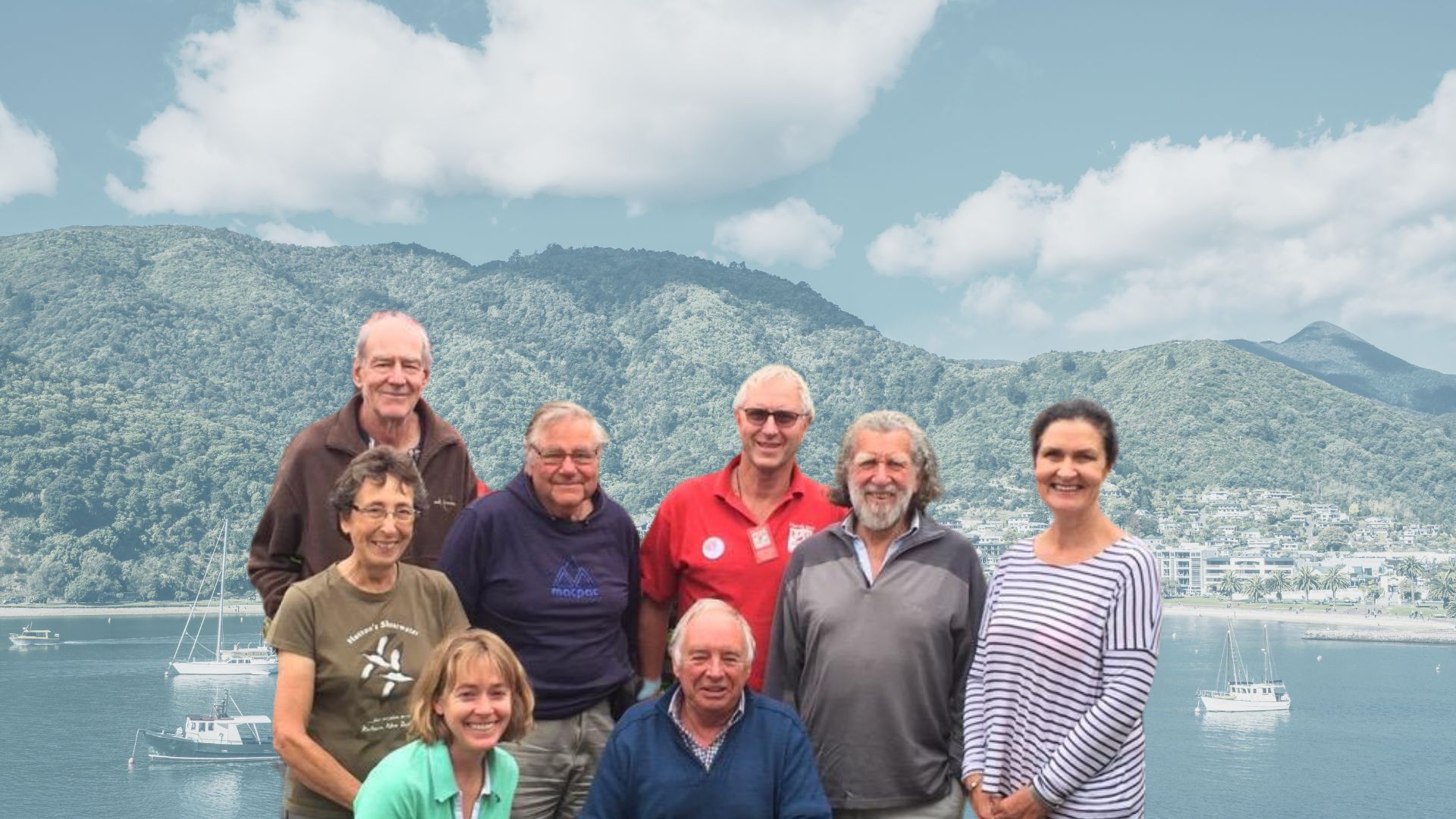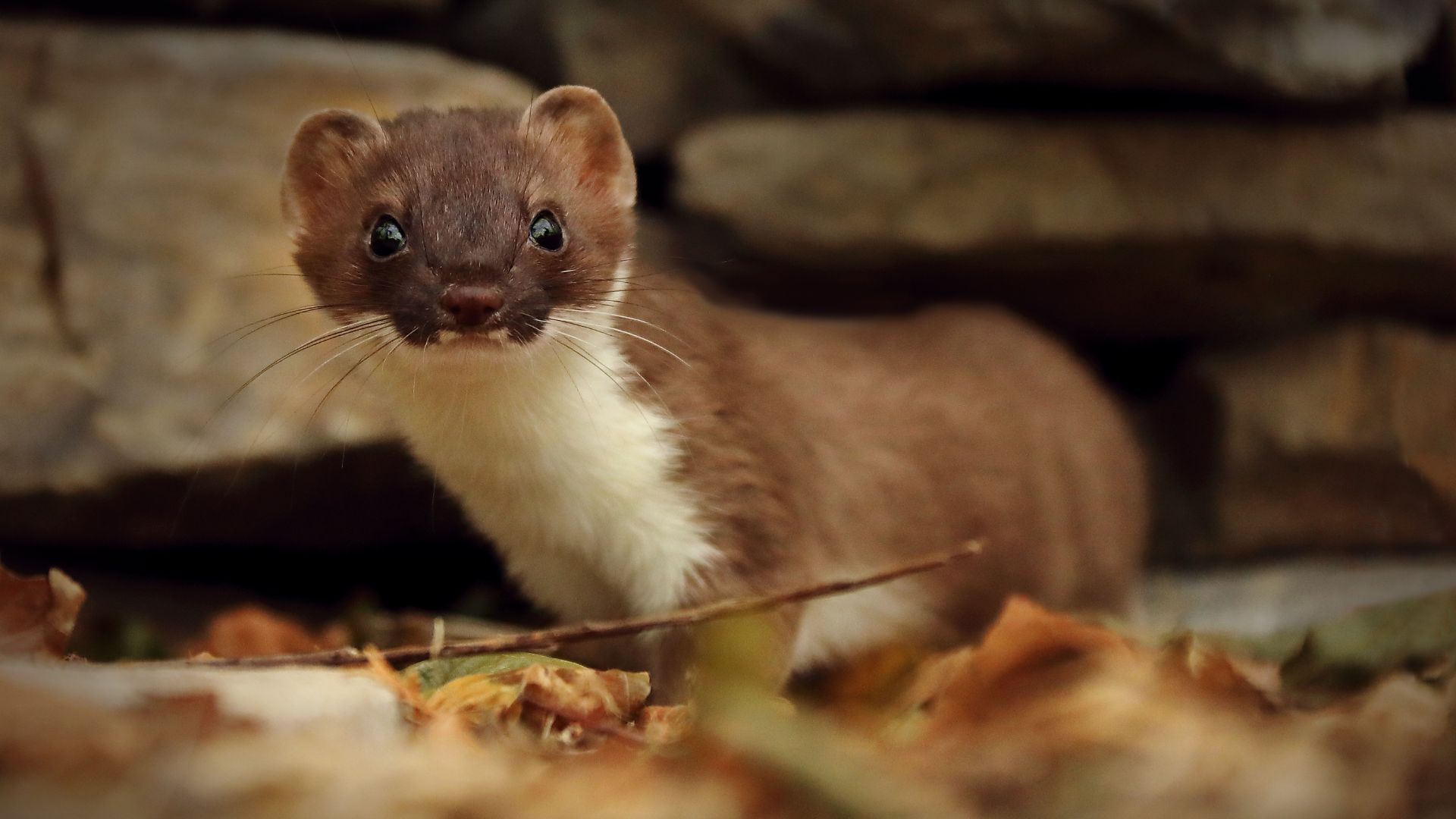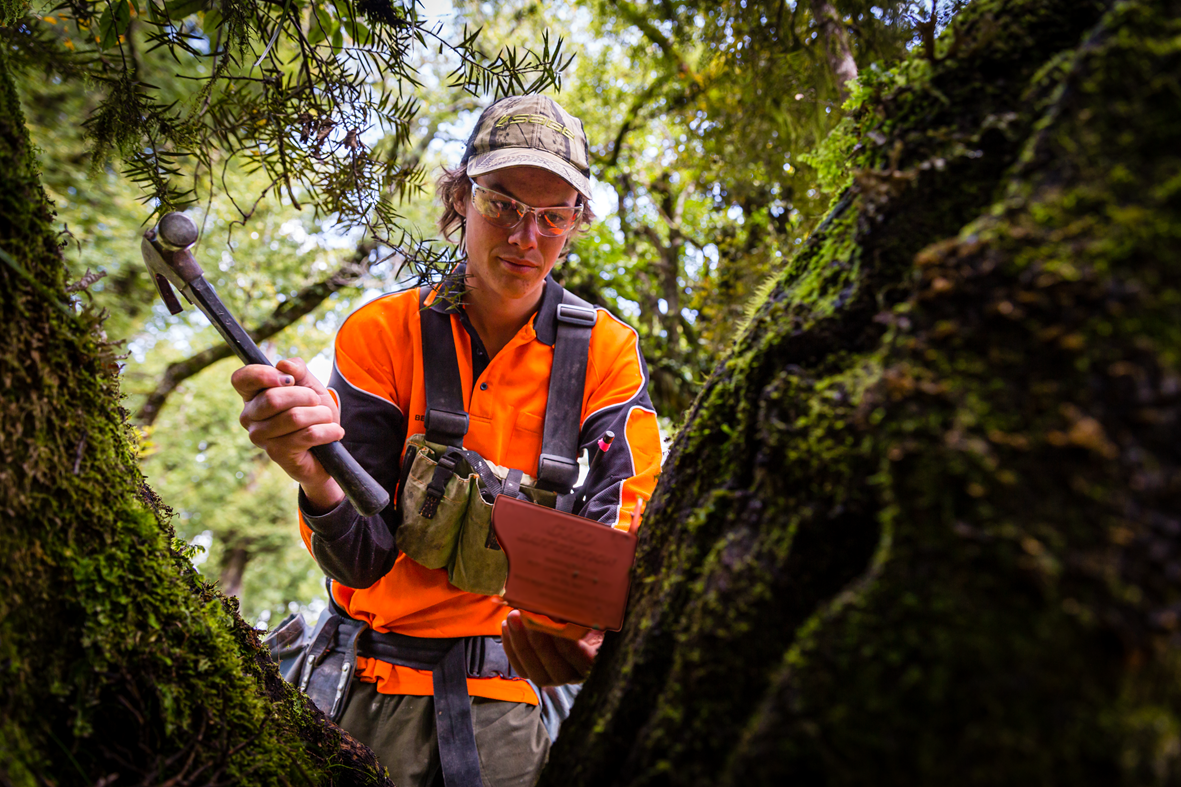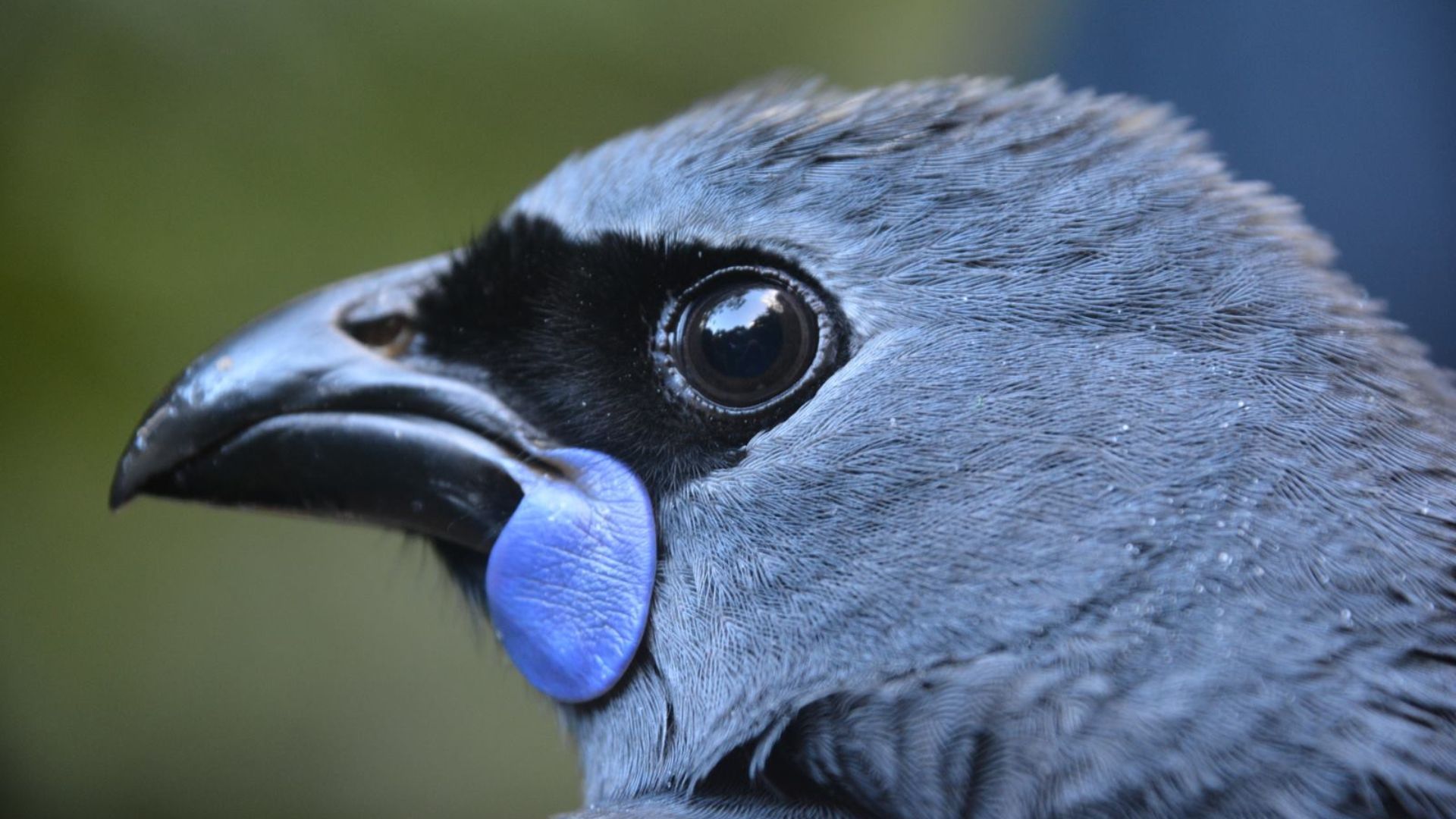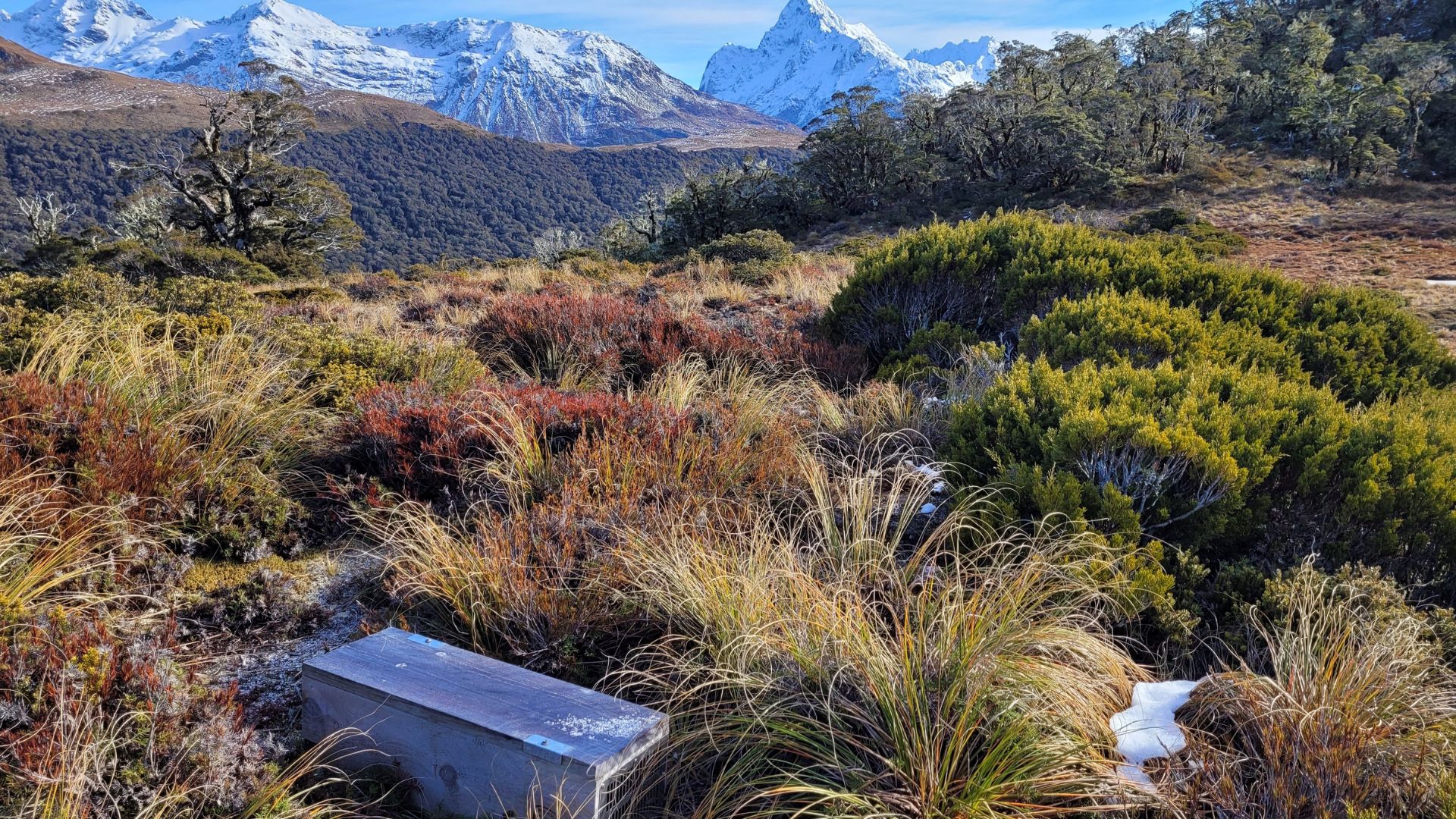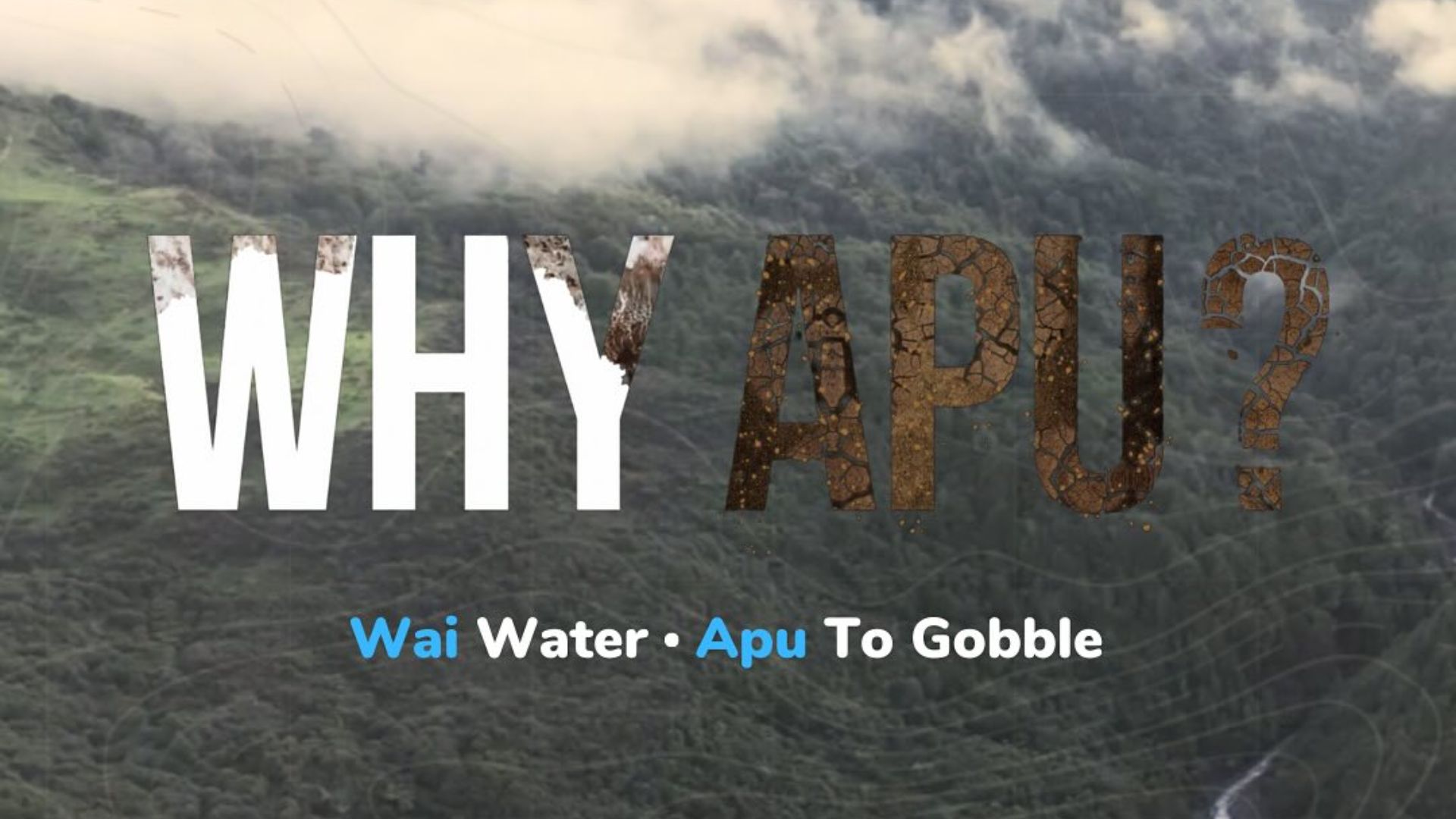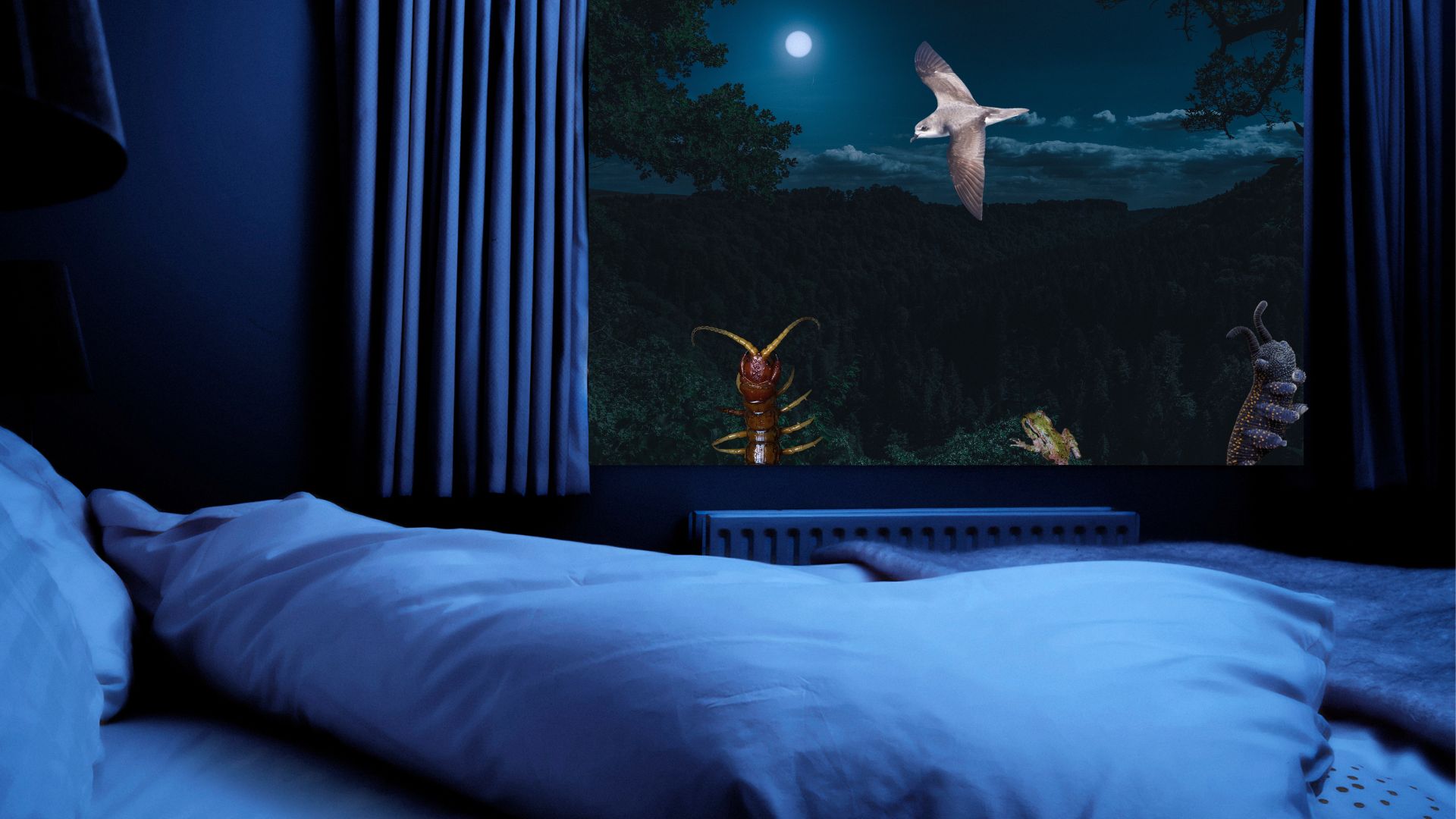Other articles written by Allison Hess
Short-sighted surplus hunters: five fast facts about ferrets
Ferrets are the largest mustelid in New Zealand. These introduced predators have a devastating effect on our native wildlife.
Guardians of the Galaxiidae: protecting kōkopu eggs from rats
The kōkopu lays its eggs on land, making them an easy target for rats, mice and hedgehogs. A mix of muscle, native seedlings and rat traps are helping keep them safe.
In a neighbourhood near you: fresh funding for grassroots trapping
A wave of community-led conservation is sweeping across New Zealand, powered by passion, dedication, and now, an exciting new round of funding.
Catch me if you can: how can we better trap shy female stoats?
Current traps nab more male stoats than females, which is a big problem. Females are basically always pregnant, non-stop baby factories.
Sending up the bat signal: inside the world of bat monitoring
How do you monitor New Zealand’s thumb-sized and virtually silent pekapeka (bats), which fly through the darkness at speeds up to 60km/h?
Show me the money: a closer look at community conservation
A new report reveals the extent of the problems with community conservation funding and provides a to-do list for fixing them.
Grand designs: 5 cool catios that will make your cat jealous
These catios are impressive, but there are heaps of ways to create a safe outdoor space, from affordable DIY to pre-made kits to custom-built options.
Learning from the best: Q&A with Picton Dawn Chorus
Picton Dawn Chorus went from a few passionate residents with a dream to deploying a network of 3,500 traps. How did they do it, and what’s next?
Stoat personalities: unravelling the mystery of trap-evasion
Why do some stoats get caught in a trap, but others walk on by? Researchers have been diving deep into animal behaviour in an attempt to find out.
This is what happens when you invest in conservation careers
It was launched to create new jobs in the wake of COVID. But the Predator Free Apprentice Programme ended up doing so much more.
From one pair to many: these volunteers saved this Auckland kōkako population
When volunteers started helping kōkako in the Hūnua Ranges there was just one breeding pair left. But it wasn't too late - thirty years later, there are more than 250 pairs.
If you’ve ever thought, “what’s the point?” about nature conservation, this study is for you
Nature conservation really, actually works, and control of invasive species shows the largest positive impact, according to a new global study.
Thriving garden to empty shell, ‘Why Apu?’
Silent forests with chewed-out undergrowth and mountainsides slipping away. A new documentary series unveils crisis and hope in the heart of the East Cape.
Poison claws and slime assault: 7 nocturnal creatures to delight in this forested estate
When the sun goes down, a whole new world wakes up in this native forest subdivision.
Inside scoop: Q&A with an indoor cat owner
Meet Tess and her beloved cats, Sylvia and Sooty. Tess made the choice to keep them indoors from day one - “Safe at home, don’t let me roam”.

